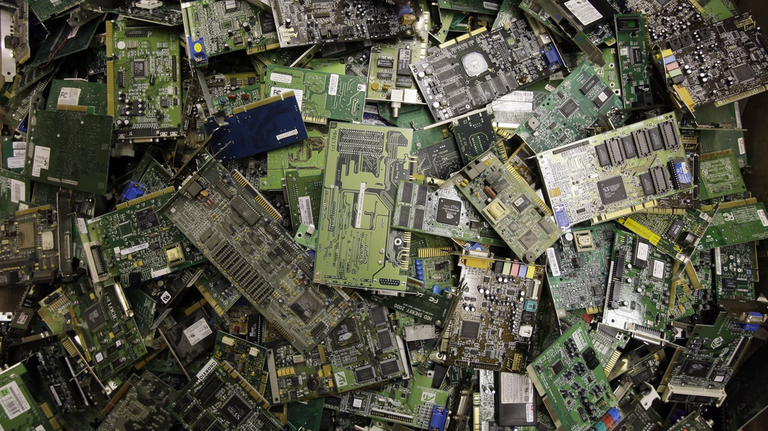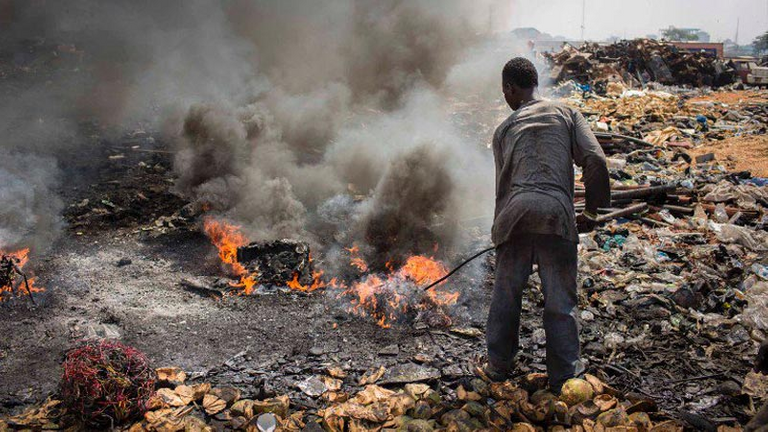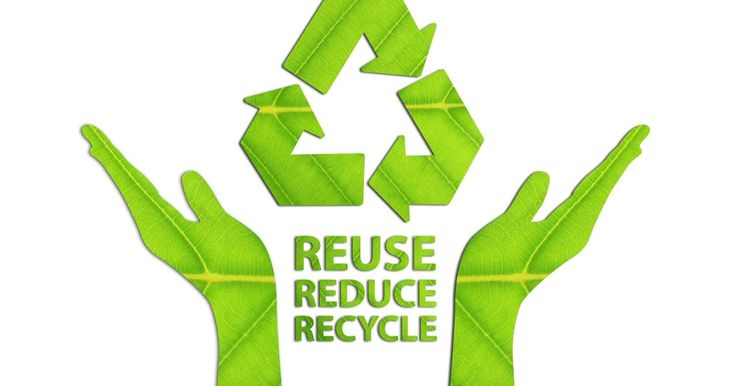How the growing risk of E-waste has become global challenge?
Over the past two decades, dramatic changes in information and broadcasting technology and the emergence of the telecom sector as a telecommunications hub have led to a significant increase in the demand and use of electrical and electronics devices in the global market.

These devices include mobile phones, TVs, refrigerators, electronic toys, musical instruments, IT and home appliances - all devices that run on electricity or battery power. It is estimated that the purchase of these devices is increasing by 2.5 million metric tons every year. These products are playing an important role in raising the standard of living and making daily routines more enjoyable and comfortable as well as in economic and social development. There are also some issues associated with it.
Due to the rapidly changing trends in recent years and the latest innovations in technology, the age of these products is also decreasing at the same rate. We all like to replace our mobile phones, laptops, televisions, refrigerators and other electrical appliances with the latest models. Every day old things are changing with new things. Over time, when these electronics reach their usable lifespan, they become an adornment of garbage dumps and are called e-waste.
The volume of electronic waste has been increasing alarmingly over the years. This garbage is emerging as a great challenge of the future and slowly but steadily is poisoning our lives. Estimating the international volume of electronic waste reveals shocking facts. According to the Global e-Waste Monitor, 44.7 million metric tons of electronic waste was generated in 2016 alone, according to a report prepared jointly by the United Nations, ITU University, World Bank, e-waste forum and the International Solid Waste Association, which is equivalent to about 4500 Eiffel Towers. In 2019, 53.6 million metric tons of electronic waste was generated at an average of 7.3 kg per capita. If growth continues at the same rate, this waste will reach 74.7 million tons in 2030.
In 2019, Asia alone generated 24.9 million metric tons of waste. However, these figures also do not cover the actual amount of electronic waste because the complete record is not available in documentary form. Only 17.4% of the known data was recycled. This means that 44.3 million metric tons of waste has been dumped, incinerated or transferred to developing countries in the name of second hand through illegal trade.
Disposal of AC and refrigerators alone contributed to the release of 98 million metric tons of carbon dioxide (CO2) into the atmosphere, despite the fact that 71% of the world's population obeys its harmful effects and its laws. From an economic point of view, the value of raw materials in the waste generated in 2019 alone is equivalent to USD 57 billion, while the loss of energy and other valuable resources is in addition. The International Electronic Waste Day is being observed on October 14th to raise awareness and encourage recycling of consumers related to electronic waste.

This electronic waste is just as different from conventional or municipal waste because on the one hand it is a poison and on the other hand it contains a treasure of precious metals. It is also associated with various economic, cultural, environmental and social effects. When it comes to its harmful effects, it consists of multiples of highly potent toxic radioactive substances, gases and chemical compounds. Not only are they polluting the ecosystem through chemical reactions with carbon dioxide, toxic gases and other elements, but they are also contributing to global warming and climate change.
Many of these components are insoluble in the soil and remain unchanged for many years, affecting groundwater resources and aquatic life. Rivers and streams flowing into the fields and into vegetables and our daily diet also cause infectious diseases including skin diseases, cancer, respiratory system, human nervous and immune system, birth defects in children and even it also has negative effects on hearing.
If we talk about the precious elements hidden in it, then electronic waste is a combination of precious metals and raw materials. Metals contain rare and important elements like gold, silver, copper, aluminum, platinum, iron and cobalt. If it is recycled according to international standards, not only the complete recovery of these valuables can be ensured but also the circular economy can be strengthened. Although it is a lucrative business, lack of technology and infrastructure and limited knowledge of its negative consequences and challenges of insufficient resources is also a major hurdle.
The most basic problem of electronic waste is lack of awareness about it, ignorance of its implications and benefits and ignorance of facts. Efforts are needed at the individual and collective level to tackle the scourge of electronic waste, dispose of it safely and legally, and obtain useful components.

All stakeholders, civil society, social workers, trade organizations and NGOs should come forward for the awareness campaign through print, electronic and social media. Universities and educational institutions should also play a role in this regard. Not only will this have a positive impact on health, the economy and the ecosystem, but it will also help achieve the United Nations Sustainable Development Goals.
Thank you for reading! Stay Safe!👋😌